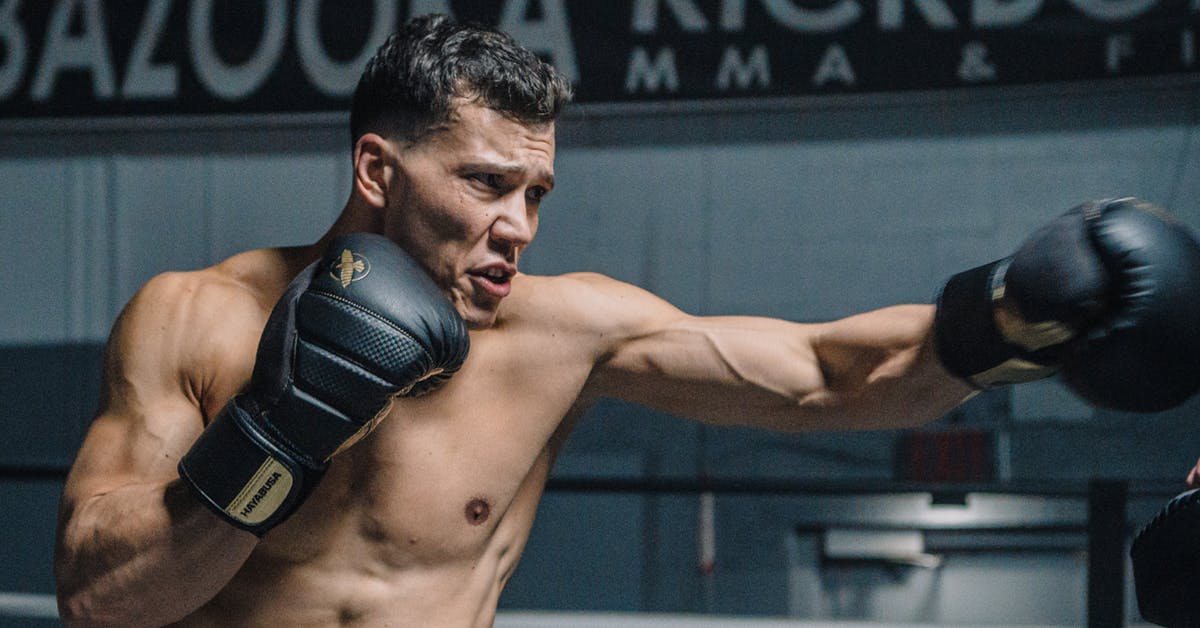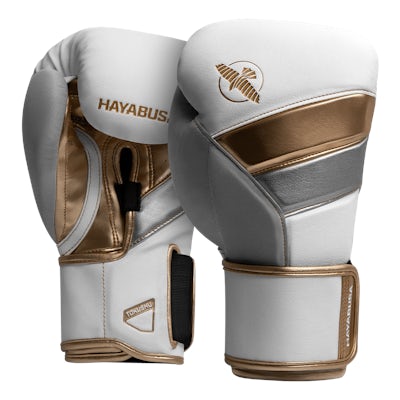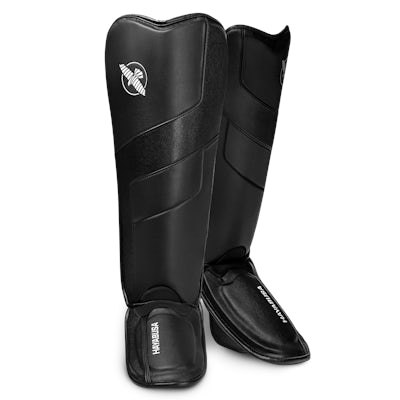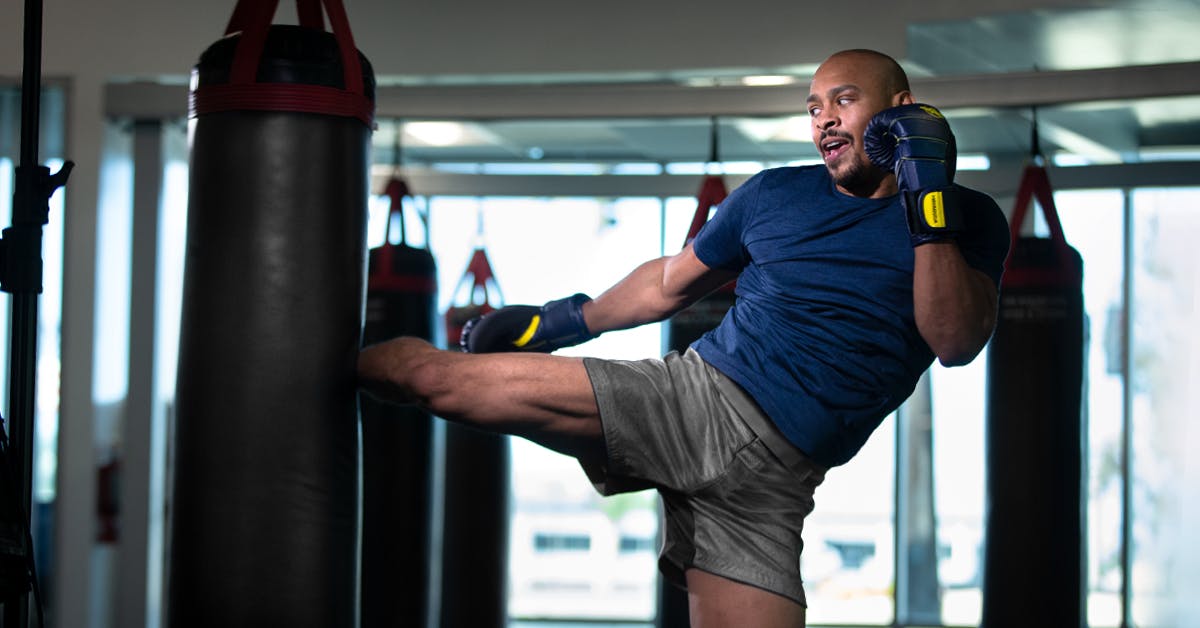Martial arts have become increasingly popular worldwide, and it’s not hard to see why. From increasing strength and coordination to bettering focus and confidence, these activities offer a range of physical, mental, and emotional benefits.
While Muay Thai training and Kickboxing workouts certainly share similarities, it is their differences that draw people in from all over the world. Today, we’ll explore the origins, tactics, rules, and philosophies of Muay Thai and Kickboxing and discover the unique techniques each has to offer.
Muay Thai
Muay Thai, also known as Thai Boxing, originated in Thailand during the 14th century. Thai warriors developed this martial art as a means to protect their kingdom from invading forces. As time passed, the techniques and strategies used in Muay Thai became more sophisticated, and it eventually evolved into a full-fledged combat sport.
Today, Muay Thai is recognized worldwide and is frequently seen in various mixed martial art fights, tournaments, and other competitive events. With its unique "eight limbs" technique that employs fists, elbows, feet, and knees, Muay Thai fighting continues to be a captivating cultural tradition that encompasses self-defense training and a dynamic competitive sport, appealing to both fans and practitioners alike.

Kickboxing
Kickboxing is a martial art that emerged from Japan in the 1950s and was initially called "full-contact karate." In the late 1960s, martial arts promoters began to promote Kickboxing as a sport in America, and since then, it has continued to evolve into a unique discipline. To this day, Kickboxing is practiced worldwide, with athletes competing at both amateur and professional levels.
What makes kickboxing such an exhilarating close-combat sport is its focus on rapid and explosive strikes. This sport involves using a range of potent punches and swift kicks while maintaining fluid footwork. To deliver their strikes effectively in a kickboxing match, a practitioner must possess quick reflexes and a keen sense of timing.

Style and Techniques
Muay Thai and Kickboxing are dynamic combat sports, each with its own distinct style and technique. While both demand physical attributes like strength, speed, and endurance, their striking techniques are markedly different. Muay Thai fighters typically leverage elbow strikes, low kicks, clinching, and knee strikes, while Kickboxers rely on rapid, forceful punches, aggressive kicks, precise footwork, and agile movement.
Each sport has its own set of rules as well as specific equipment requirements. Muay Thai uses the 8-point striking system and permits fighters to strike using elbows, knees, and clinching maneuvers. Muay Thai fighting requires athletes to wear Muay Thai gloves, shin guards, and groin protection to prevent possible injuries. Judges of this sport evaluate matches based on the number of strikes landed, the intensity of the strikes, as well as the effectiveness of the attacks.
In contrast, Kickboxing uses the 4-point striking system and strictly prohibits using elbow strikes, knee strikes, and other clinching techniques. Combining elements from Muay Thai, Western Boxing, Karate, and more, Kickboxing is the more modern of the two. Kickboxers primarily use kicks and punches as their main way of attacking their opponents. Sweeps are also allowed depending on the type of tournament you are currently in. Participants are only required to wear gloves and shin guards, and the matches are scored based on the number of clean strikes and knockdowns achieved.
Both Muay Thai and Kickboxing offer a unique and thrilling experience for martial art enthusiasts. Whether you prefer the clinching and various attacks of Muay Thai or the fast-paced punches and kicks of Kickboxing, both sports will definitely provide an exciting challenge for you.
Falcon Muay Thai Shorts

Hayabusa T3 Boxing Gloves

Hayabusa T3 Full Back Shin Guards

Hayabusa Icon Kickboxing Shorts
Rules and Scoring
Muay Thai matches are often held in a boxing ring or on a raised platform, known as a “rope-ring”. There are five rounds, and each round lasts for three minutes. The main objective is to score a point using punches, kicks, elbows, and knees to strike the opponent's body. Muay Thai fighters are allowed to clinch and grapple, but only for a short period of time before the referee separates them. It is prohibited to strike the opponent's groin, eyes, throat, or back of the head, and fighters are not allowed to use any weapon.
Kickboxing matches are usually held in a boxing ring, ranging from three to ten three-minute rounds. The objective is to score points using a combination of punches and kicks to strike the opponent's body. Unlike Muay Thai, fighters are not allowed to use their elbows or knees to strike in Kickboxing.
Both Muay Thai and Kickboxing are scored using the 10-Point Must System. Judges score each round based on the effectiveness and quantity of strikes landed. In the case of a knockout or technical knockout, the match ends immediately, and the fighter who scored the knockout is declared the winner. If the fight continues all five rounds, the winner is the fighter with the most points at the end.

Philosophy
Muay Thai and Kickboxing both embrace the philosophies of discipline, respect, and sportsmanship. Both sports emphasize the use of skills for self-defense rather than aggression. Each Muay Thai fighter is taught to show respect towards their opponents, and the sport also holds a spiritual significance, with many practitioners participating in Buddhist rituals before fights.
Similarly, Kickboxing also upholds the values of discipline and respect. Athletes are expected to adhere to a code of conduct, both inside and outside the ring, and show respect towards their opponents and the sport. Sportsmanship is highly regarded in both sports, where fighters are encouraged to compete with integrity and dignity.

Training for Muay Thai and Kickboxing
To achieve proficiency in both Muay Thai and Kickboxing, athletes and practitioners must undergo demanding training that encompasses strength, speed, endurance, and technique. While fighting style may differ between the two, cardio and strength training is essential for both sports. Moreover, practicing elbow strikes, footwork, and defensive maneuvers is crucial to develop proficiency in these combat sports.
Muay Thai training involves honing knee strikes, clinching techniques, low kicks, and elbow strikes. Defensive maneuvers, such as effective blocking and evasion of strikes, are also integral aspects of the training.
Meanwhile, in Kickboxing, it is essential to focus on developing speed, power, footwork, and movement. Practicing a diverse range of striking techniques, including punches, kicks, and combinations, is key to achieving success in the ring.
Elevate Your Muay Thai and Kickboxing Training
Both Muay Thai and Kickboxing have an overarching goal to help you learn discipline, commitment, and skill, regardless of your experience level. With that being said, in order to reap the full benefits, it's crucial to have adequate gear. Having the right equipment is essential for safety and optimal performance, whether you're a beginner or an experienced fighter.
At Hayabusa, we offer top-quality gear, including boxing gloves, shin guards, punching bags, and protective equipment specifically designed for Muay Thai or Kickboxing training. With proper training and the right gear, anyone can become a skilled and respected fighter in these thrilling sports.
Sources
ABC Boxing: UNIFIED RULES OF PROFESSIONAL KICKBOXING https://www.abcboxing.com/unified-rules-kickboxing/
NLI: Comparison of the Physical Fitness Profile of Muay Thai and Brazilian Jiu-Jitsu Athletes with Reference to Training Experience https://www.ncbi.nlm.nih.gov/pmc/articles/PMC9322178/